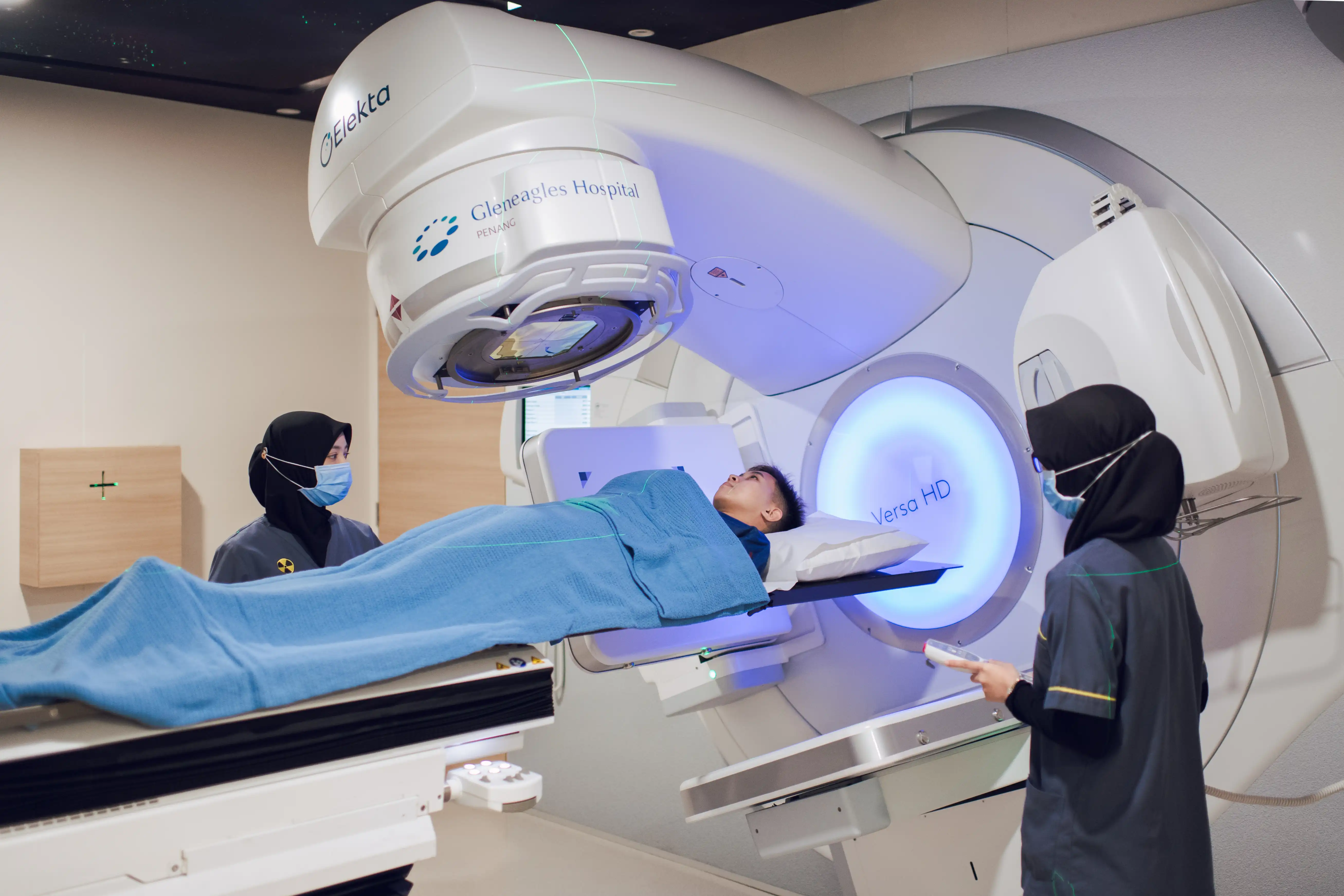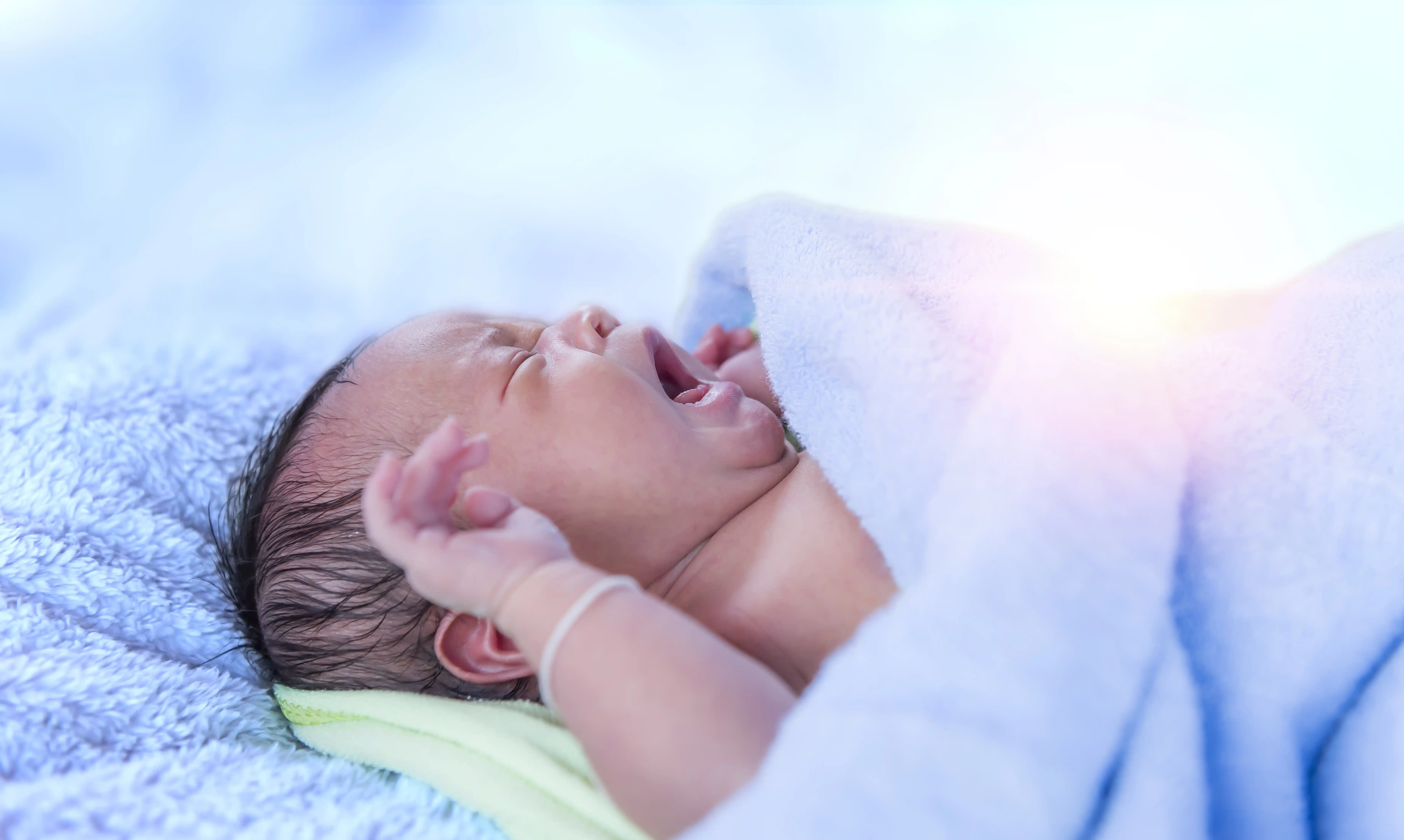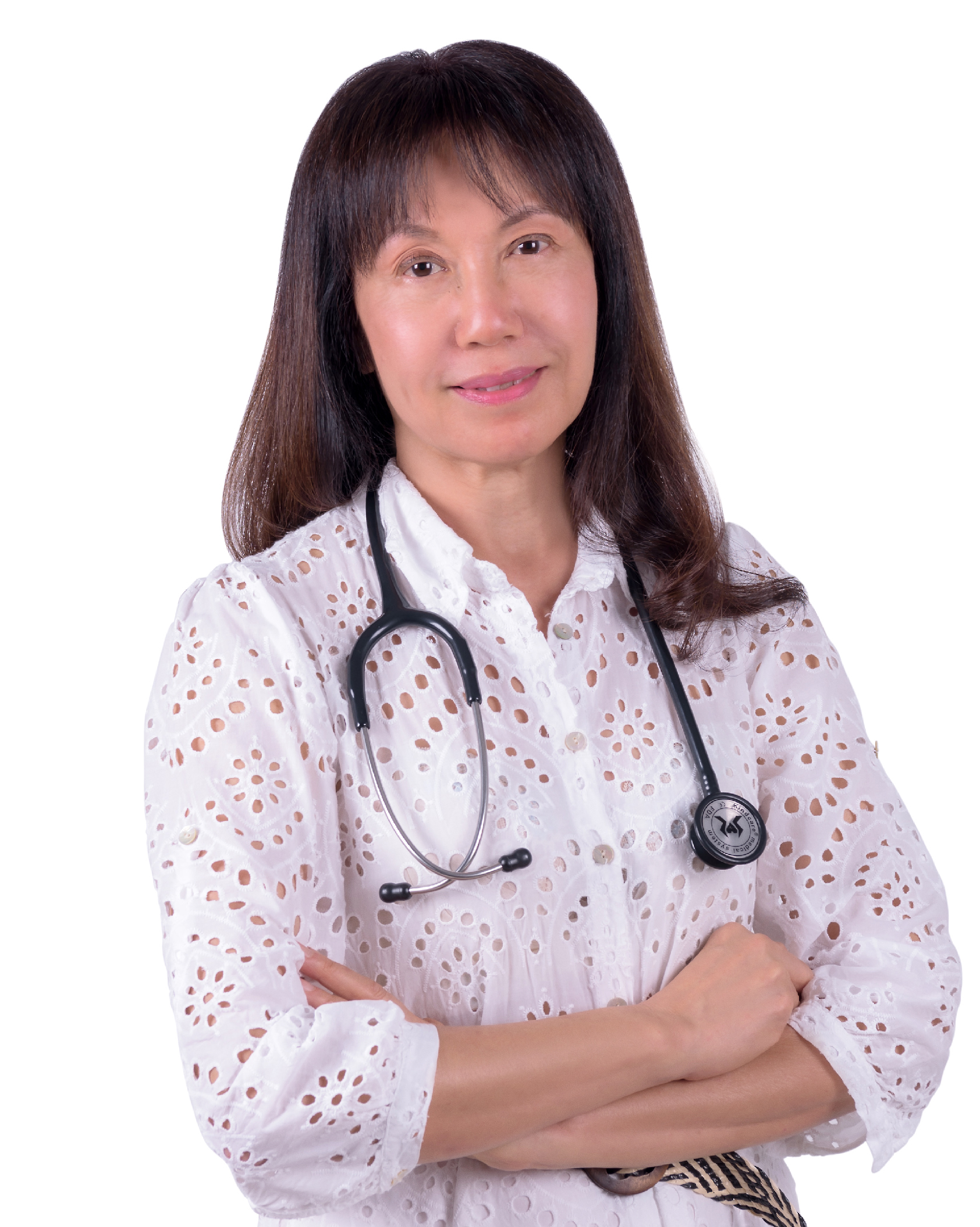
The uterus of a woman is lined with a tissue called the
endometrium. Sometimes, this tissue may develop outside of the
uterus. This condition is called endometriosis.
Endometriosis can occur in any woman of childbearing age,
including teenagers. It can also recur in women previously
treated for endometriosis.
Endometriosis Causes
Normally, endometrial tissue lines the inside of the uterus. The presence of endometrial tissue outside the
uterus is known as endometriosis. All endometrial tissue, whether inside or outside the uterus, can respond to
the female sex hormones controlling the reproductive cycle. Just as the endometrial tissue lining the inside of
the uterus grows, thickens, and then breaks down and bleeds, so does the endometrial tissue outside the uterus.
However, endometrial tissues and blood inside the uterus are discharged in the normal way, by menstruation, if
fertilisation of the egg has not occurred. Endometrial tissue outside the uterus has no normal exit. Thus, when
breakdown and bleeding occur, the endometrial tissue remains in the body.
The growing and bleeding of endometrial tissue remaining in the body may cause severe pain, abnormal
menstruation, and scar tissue formation. Endometriosis may also result in infertility.
Endometriosis Risk Factors
The following are risk factors that increase the chances of women
developing this condition:
- Age - Endometriosis can start at puberty but usually
affects women in the 30s and 40s age group
- Family history of endometriosis
- Pregnancy history - Women who have not given birth are at
a higher risk of developing endometriosis
- Menstrual history - Women who have shorter cycles,
heavier/longer periods and started menstruating at a young age
have a higher risk of this condition
Endometriosis Symptoms
Symptoms of endometriosis can be mild or severe. Some people have
agonising pain while others just a little discomfort or even no
symptoms at all. The symptoms of endometriosis can be similar to the symptoms of other conditions, such as ovarian
cysts and pelvic inflammatory disease.
Nonetheless, the following are common signs of endometriosis:
- Chronic pelvic pain
- Painful menstrual cramps
- Pain in the lower abdomen before or after menstrual bleeding
- Irregular or heavy menstrual bleeding during menstrual period
- Pain during sexual intercourse
- Infertility
- Discomfort during bowel movements
- Lower back pain
Endometriosis Diagnosis
Symptom-free endometriosis may be discovered during a routine pelvic
examination or surgery for some other condition. Alternatively, your
doctor may suspect endometriosis if you have any of the above
symptoms, upon which he or she may do a physical examination.
Endometriosis is usually diagnosed via:
- Pelvic examination
- Ultrasound
- Laparoscopy
Laparoscopy may be conducted to confirm a diagnosis. This
procedure is usually done on an outpatient basis and is
performed under general or local anaesthesia.
A thin viewing instrument called a laparoscope is inserted
through a small incision just below the navel. The laparoscope
allows the physician to see the abdominal and pelvic cavity and
identify abnormally located endometrial tissue.
A second small incision may be made for the insertion of another
instrument used as probe or used to remove a small sample of
tissue. This sample can then be examined to confirm the
diagnosis of endometriosis.
Endometriosis Stages
Endometriosis:
- Minimal - With minimal endometriosis, small lesions and
shallow endometrial implants are present on the ovaries. The
pelvic cavity and some of the surrounding areas might also be
inflamed.
- Mild - People with mild endometriosis usually have light
lesions and shallow endometrial implants located on the ovaries
and pelvic linings.
- Moderate - Moderate endometriosis usually presents with
numerous deep implants on the ovaries and pelvic linings. The
patient may also have more lesions.
- Severe - With severe endometriosis, there are many deep
implants on the ovaries and pelvic lining. Lesions may be
present on the fallopian tubes and bowels. The patient might
also develop cysts in one or both ovaries.
Endometriosis Treatment Options
There are two natural occurrences that often improve the signs
and symptoms of endometriosis - pregnancy and menopause.
During pregnancy, ovulation and menstruation cease and the
symptoms of endometriosis may be temporarily relieved.
Following menopause, the ovaries permanently stop secreting
female sex hormones and all endometrial tissue withers
naturally. Menopause usually occurs when a woman is in her 40s
or 50s.
Endometriosis is usually treated with:
- Hormonal drugs - The administration of hormonal drugs can
shrink the endometrial tissue and even cause it to disappear
eventually
- Hormonal contraceptives - Birth control pills and patches
prevent the growth of endometrium tissue so that implantation of
a woman’s fertilised egg is near impossible. Thus, they can help
with endometriosis symptoms
- Conservative surgery - Scar tissue and endometrial tissue
are removed, while preserving the reproductive organs
- Radical surgery (hysterectomy) - Removal of the uterus
and ovaries eliminates the source of the hormones that cause
endometrial tissue to grow and bleed
- Combination treatment - A treatment plan consisting of a
combination of hormonal drugs and conservative surgery is often
recommended
Lifestyle Changes to Help Endometriosis
While medical intervention is your best bet against managing this
condition, the following lifestyle tips may help with the pain:
- Eat healthily - Have a diet that contains fresh fruits
and vegetables, and omega-3 fatty acid-rich foods (salmon,
walnuts). Reduce your intake of trans fat, alcohol, and
caffeine.
- Exercise regularly - Exercise increases blood flow,
reduces stress, and can help with symptoms of endometriosis. Try
going for a walk a few times a week in the beginning if you are
not used to being active.
- Destress - Stress may worsen your condition. As such,
find ways to manage it. You can try meditation or consider
speaking to a therapist.
Make an Appointment at Gleneagles Hospital
Endometriosis is a chronic illness that does not have a cure just
yet. However, there are treatments available that can help you
manage the pain and the complications of this condition. Book an
appointment with a
Gynaecologist at Gleneagles
Hospitals
today if you are struggling with any of the symptoms mentioned
above.












-yeoh-chee-lima51b01d7-09b0-4e11-a0a5-ce3c9ea5de79.jpg?sfvrsn=615d491f_6)

